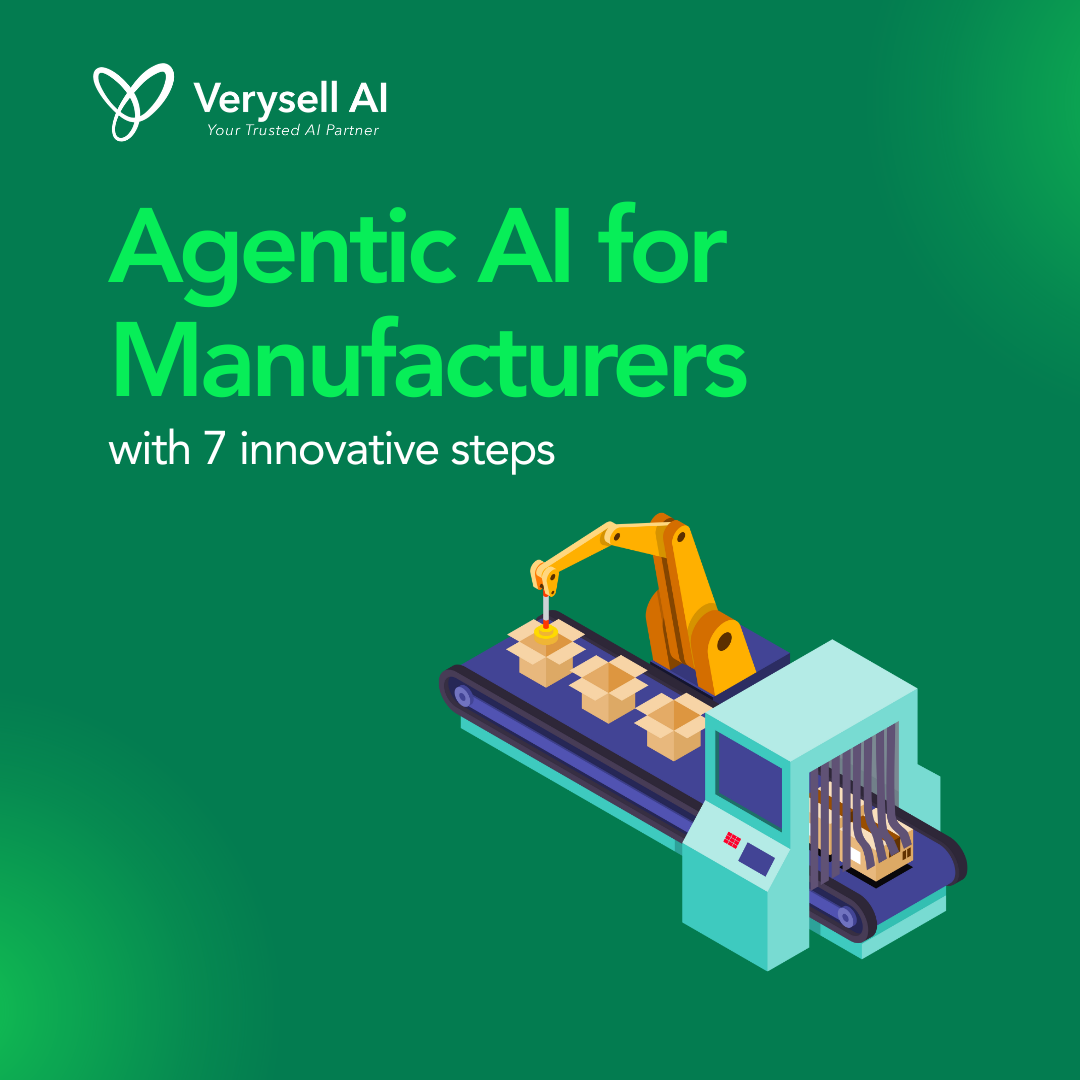Agentic AI for manufacturers is an advanced form of artificial intelligence that empowers machines to make decisions autonomously. This technology holds the potential to revolutionize the manufacturing sector by enhancing productivity, reducing costs, and driving innovation. In this blog post, we’ll explore a comprehensive seven-step approach to effectively implement Agentic AI within your smart manufacturing processes.
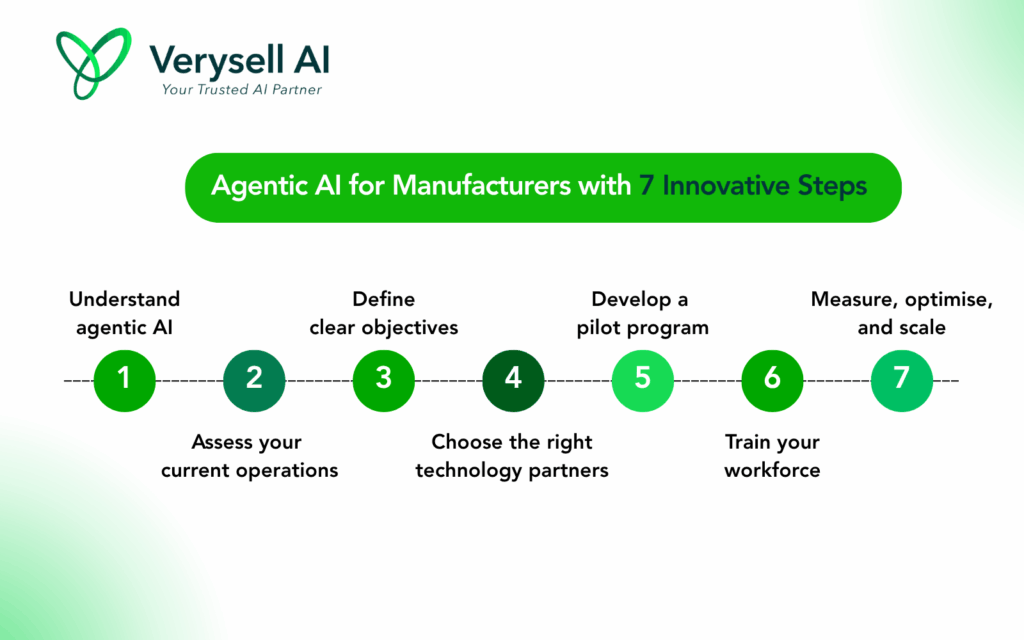
Step 1: Understand Agentic AI
Before diving into the implementation of Agentic AI, it is essential to first comprehend its fundamental principles. According to Stryker from IBM (2025), Agentic AI represents a significant advancement in AI, characterized by its ability to operate autonomously and make decisions with limited supervision. Unlike traditional AI, which requires constant human oversight, Agentic AI systems can independently plan, decide, and act to achieve specific goals. This autonomy is achieved through AI agents, which are machine learning models that mimic human decision-making to solve problems in real-time. These systems can adapt to changing conditions, optimize processes, and improve decision-making efficiency by processing vast amounts of data.

>> Explore two webinars about Agentic AI from Verysell AI: Agentic AI in Retail Operations and Agentic AI in BFSI
Agentic AI for Manufacturers
The key to successful implementation lies in recognizing how Agentic AI can enhance efficiency, drive innovation, and create value in areas traditionally reliant on manual processes. As you explore these potential applications, you will be better positioned to integrate into your organization and leverage its full capabilities.
Step 2: Assess Your Current Operations
Begin by conducting a thorough assessment of your current manufacturing innovation to identify areas where improvements can be made. Start by analyzing the flow of your production processes and pinpointing any bottlenecks that may be slowing down operations. These bottlenecks could be related to labor constraints, inefficient machinery, or delays in material supply. Next, examine your quality control processes to identify potential areas for improvement, such as frequent defects or time-consuming manual inspections. By understanding these existing inefficiencies, you can better assess where Agentic AI for manufacturers can step in to streamline operations and create tangible value.
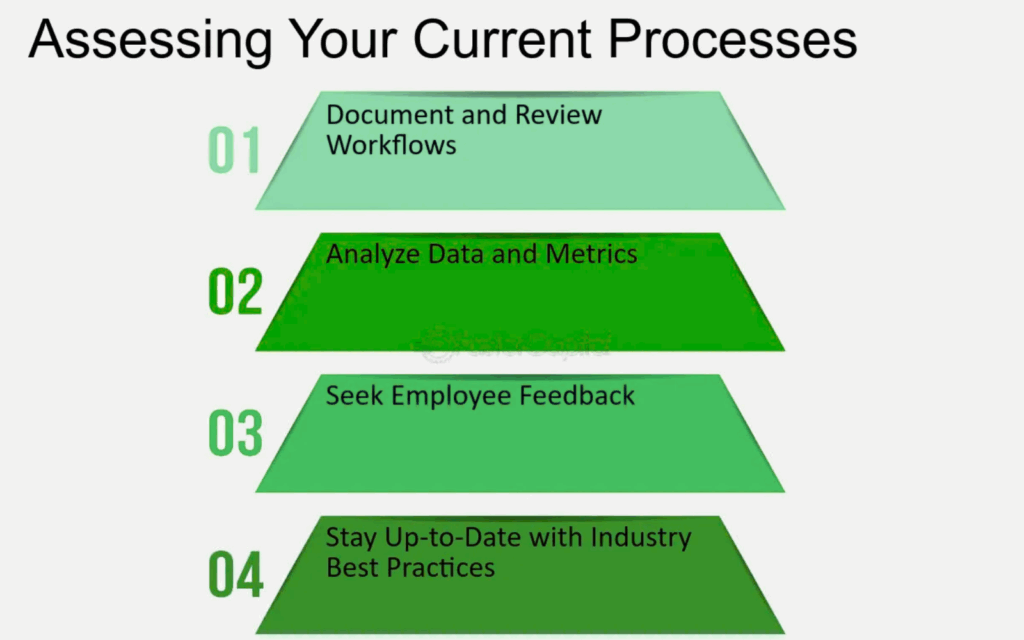
Step 3: Define Clear Objectives
Once you’ve assessed your operations, it’s crucial to define clear objectives for your Agentic AI implementation. What specific improvements are you aiming for? Common goals include reducing production costs, increasing throughput and efficiency, enhancing product quality, or improving supply chain responsiveness. Each objective should align with your overall business strategy and address the key pain points identified during the assessment phase. By setting these goals, you create a roadmap for how AI will add value and directly contribute to your organization’s success.

Establishing measurable objectives is vital for tracking the effectiveness of your AI implementation. These objectives will act as benchmarks, enabling you to assess progress and adjust strategies as needed. Whether it’s monitoring cost savings, throughput improvements, or quality enhancements, having defined metrics ensures that you’re not only meeting expectations but also optimizing performance at each stage of your AI journey. This clarity helps steer the AI project toward tangible, business-critical outcomes.
Step 4: Choose the Right Technology Partners
Selecting the right technology partners is critical for the success of your Agentic AI implementation. Look for vendors with proven expertise in AI, machine learning, and smart manufacturing. A solid track record ensures they have the necessary knowledge to understand and address the unique challenges within your industry. Their experience will also help them deliver tailored solutions that align with your business needs.
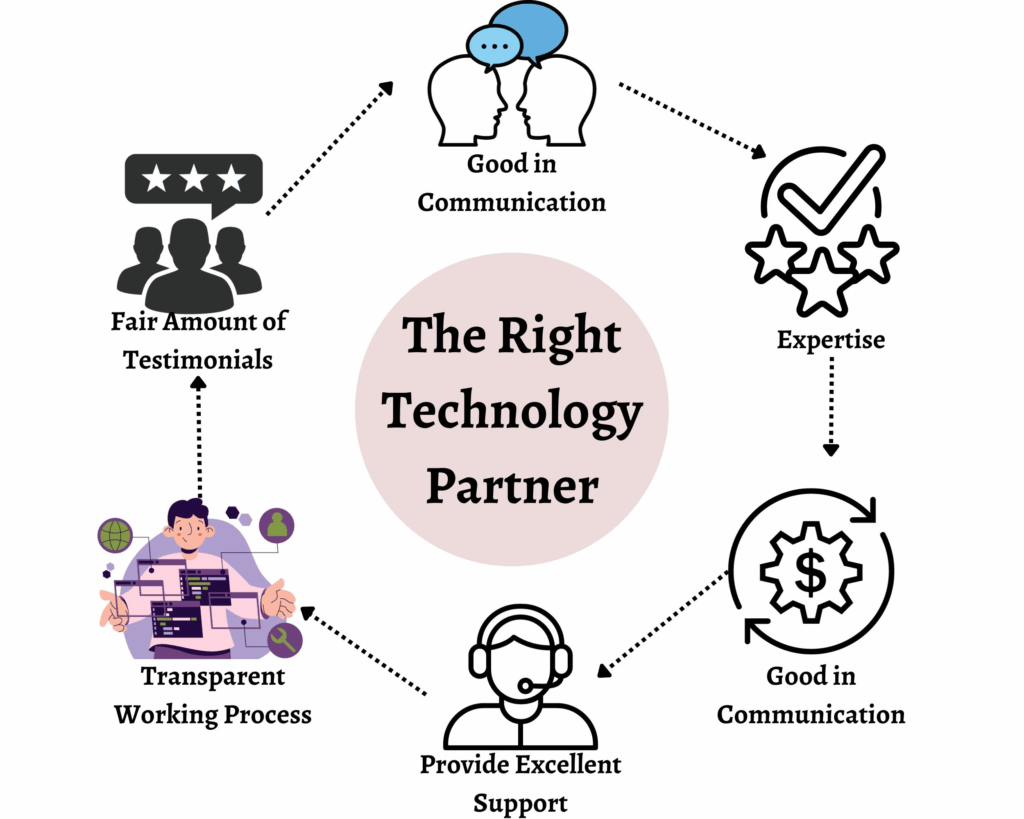
Another important consideration is the scalability of their solutions. Choose partners whose technologies can grow with your business and adapt to changing demands. This ensures that as your operations expand, the AI system can handle increased complexity, larger data volumes, and new functional requirements without compromising performance.
Integration with your existing systems is also a key factor in selecting the right partner. Ensure that the technology provider offers flexible, compatible solutions that integrate seamlessly with your current infrastructure. This minimizes disruptions and helps ensure that your AI implementation is both cost-effective and efficient, enabling smoother deployment and faster results.
Step 5: Develop a Pilot Program
Before a full-scale rollout, it’s wise to start with a pilot program. Choose a specific area of your operations to test Agentic AI. This could be a single production line, a quality control process, or a supply chain segment. Monitor the pilot closely, collecting data on performance improvements, cost reductions, and any unforeseen challenges. Use this phase to refine your approach and ensure that the technology aligns with your objectives.
The pilot program provides valuable insights into the system’s real-world application, allowing you to make necessary adjustments before expanding. Once the pilot meets your expectations, you can confidently scale Agentic AI across other areas of your operations, knowing that it will deliver the desired results.
Step 6: Train Your Workforce
Implementing Agentic AI can lead to significant changes in workflows and job roles, making it essential to prepare your workforce for this transition. Start by offering training sessions that help employees understand how to work alongside AI systems, emphasizing the ways AI can enhance their daily tasks rather than replace them. These sessions should focus on developing skills that allow employees to effectively leverage AI tools and maximize their value.

In addition to training, it’s important to encourage a culture of innovation and collaboration. Foster an environment where employees feel empowered to adapt and contribute to the evolving landscape of manufacturing. By positioning AI as a tool that complements their expertise, employees will be more likely to embrace the change, collaborate with AI systems, and actively participate in driving the company’s technological transformation.
Step 7: Measure, Optimise, and Scale
After completing a successful pilot program, it’s time to evaluate the results by measuring them against your initial objectives. Analyze key performance indicators (KPIs) such as production efficiency, cost savings, quality improvement rates, and employee satisfaction to gauge the impact of Agentic AI on your operations. These metrics provide valuable insights into how well the AI system has addressed your goals and highlight areas for further optimization.
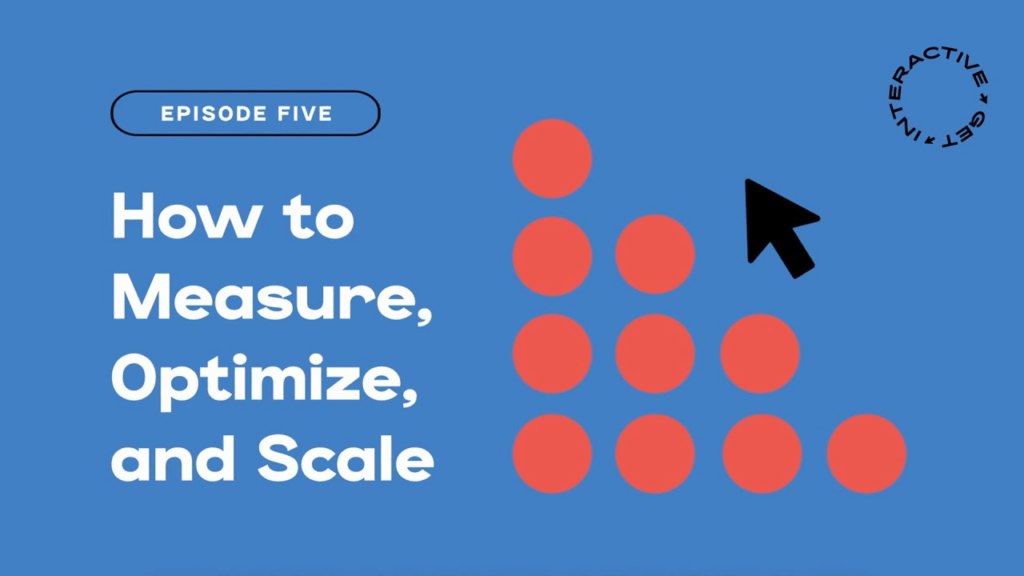
Once you’re satisfied with the results, consider scaling Agentic AI to other areas of your operations to maximize its benefits. Continuous monitoring and adjustment are essential to ensure your AI systems remain adaptable to changing market conditions and evolving business needs. By staying proactive in evaluating and fine-tuning your AI solutions, you can maintain operational efficiency, improve autonomous decision-making, and drive sustained growth.
Conclusion
Agentic AI offers manufacturers an unprecedented opportunity to innovate and optimize their operations. By following this seven-step guide, you can harness the power of autonomous decision-making to unlock new levels of efficiency, quality, and responsiveness. As the manufacturing sector continues to evolve, embracing technologies like Agentic AI will be essential for staying competitive and driving sustainable growth.


